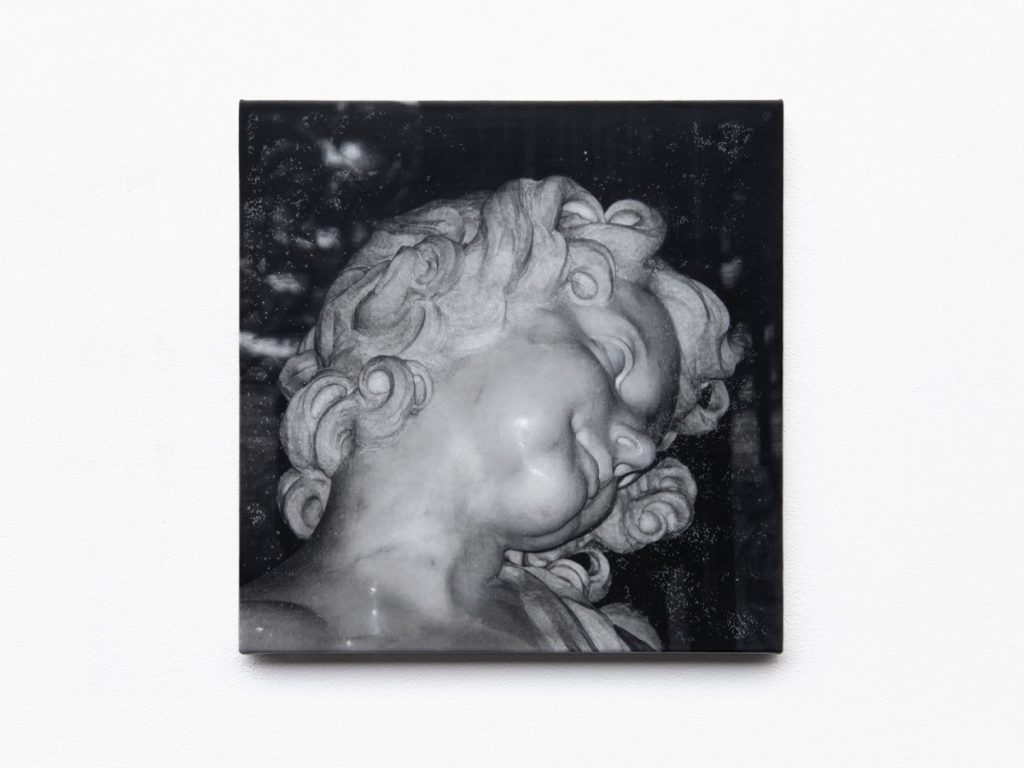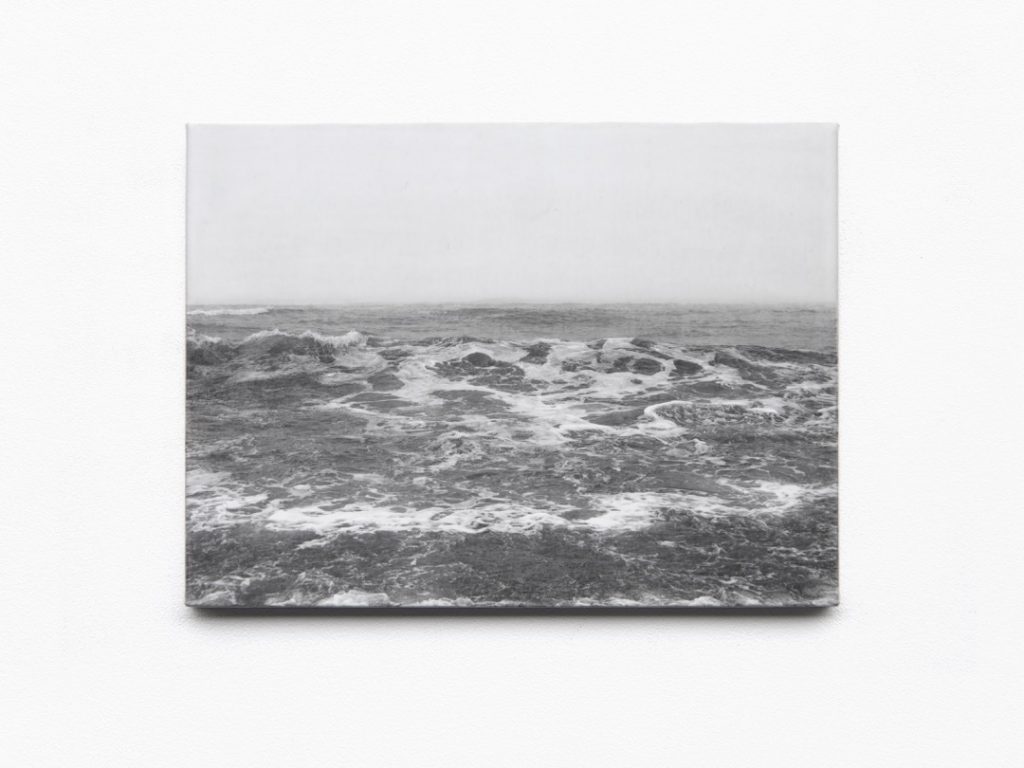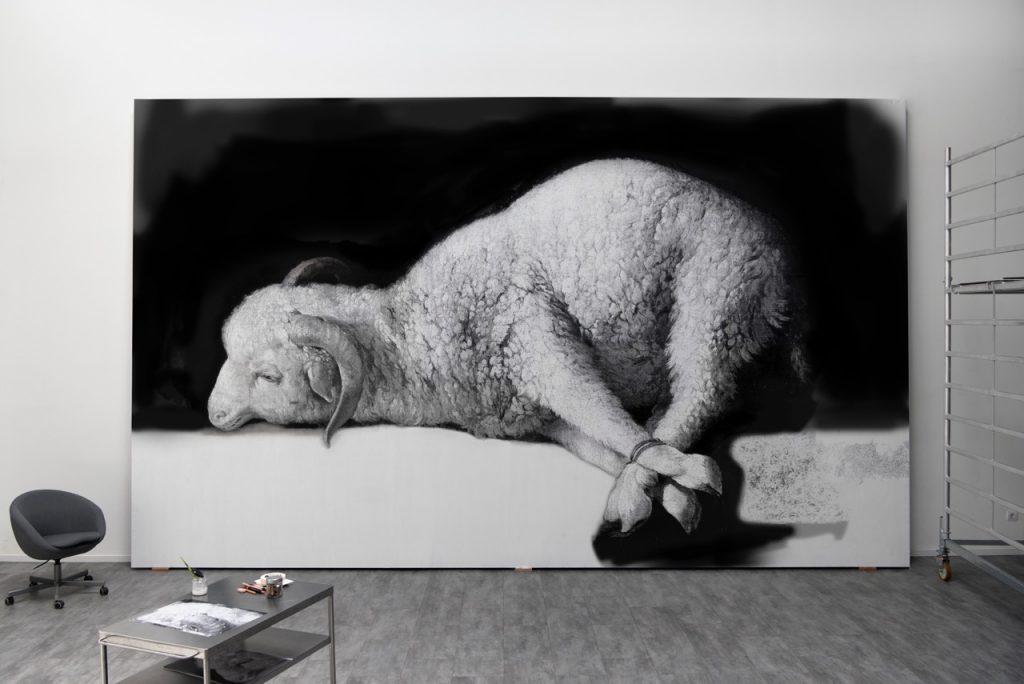Serbian Artist Jelena Bulajic’s New Paintings Reimagine Classic Works by Bernini and Zurbarán in Rich and Meticulous Detail


Katie White

Bring a magnifying glass—that’s our tip.
For her second solo exhibition with Berlin’s carlier | gebauer gallery, artist Jelena Bulajic (b. 1990) has focused her talent for meticulously detailed large-scale paintings on a new subject matter—artworks by other artists. The monumentally scaled—and characteristically black-and-white–paintings draw references from everyone from Spanish painter Francisco de Zurbarán to German photographer Wolfgang Tillmans. But the works feel anything but derivative—in fact, sometimes they’re hardly recognizable.

Jelena Bulajic, Untitled (Pacific) (2020).
Take a still uncompleted painting that promises to be the centerpiece of the exhibition—a nearly 12-foot-wide homage to Zurbarán’s iconic 1640 painting Agnus Dei. Zurbarán’s image of a live lamb with bound feet famously conflated the division between still life and religious iconographic imagery. Bulajic saw the painting on a recent visit to the Museo del Prado, and in her monumental revisiting, the subject matter becomes secondary at best. The size of the image is so expanded that the surface and details of cracks, lines, and textures take up all our attention.
Similarly, in Untitled (after Bernini), Bulajic homes in on the face of the angel in Bernini’s famous sculpture St. Teresa in Ecstasy—but instead of the Baroque semi-erotic drama of the original, the eye is drawn instead to the sheen of the marble cheek, the curls carved to create the impression of hair, and the vacancy of the uncarved eyes.

Jelena Bulajic, Untitled (work in progress) (2020).
Looking closely at these paintings one is sure to notice the nearly skin-like surfaces. The richly textured, almost porous, quality is imparted by the unique materials she collects and blends into her paints, including marble dust, ground granite, limestone, kaoline, shells, and lava.
One feels the impulse to look closer and closer, until the image itself disappears, which may be the artist’s goal—to enrapture the viewer, not in a subject matter, but in the richness and details of surfaces and textures.
“Jelena Bulajic” is on view at carlier | gebauer from September 11 to November 7, 2020.